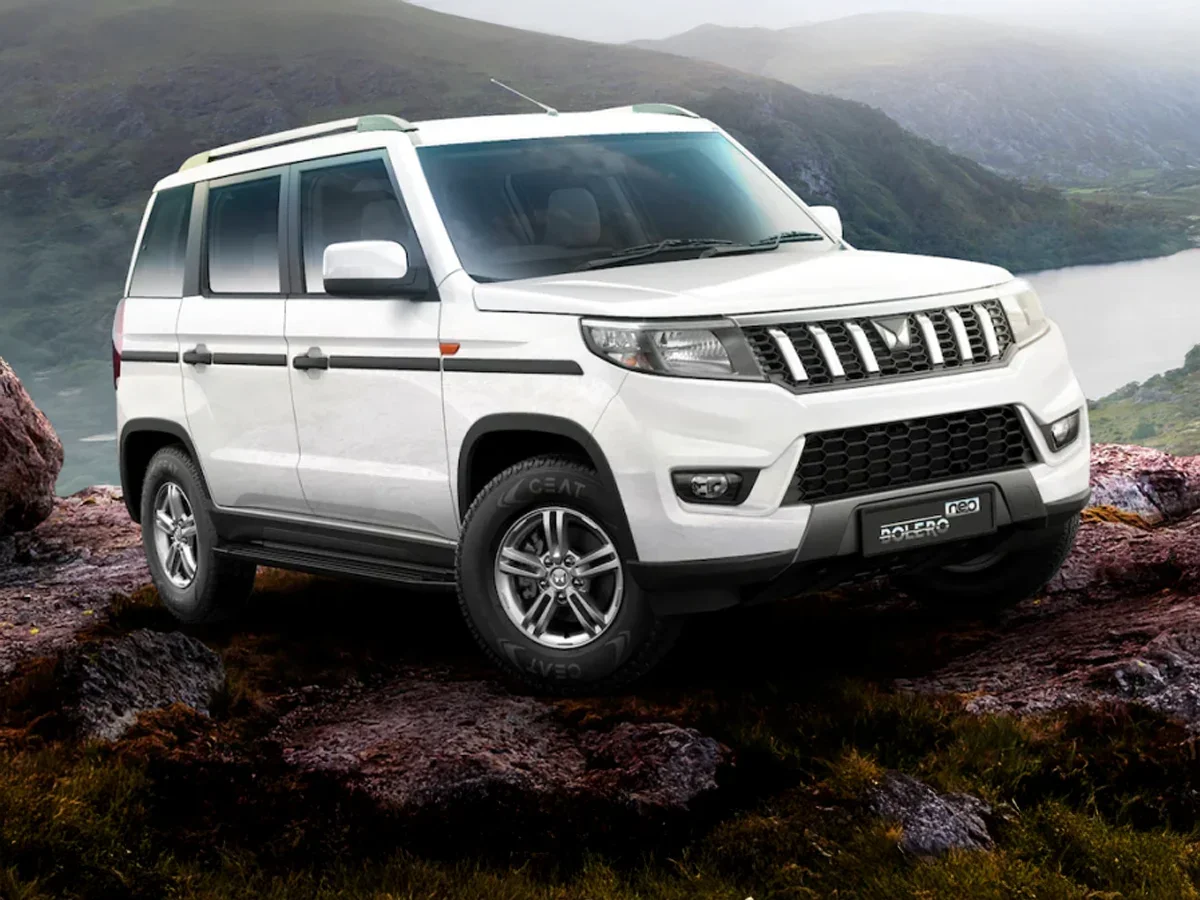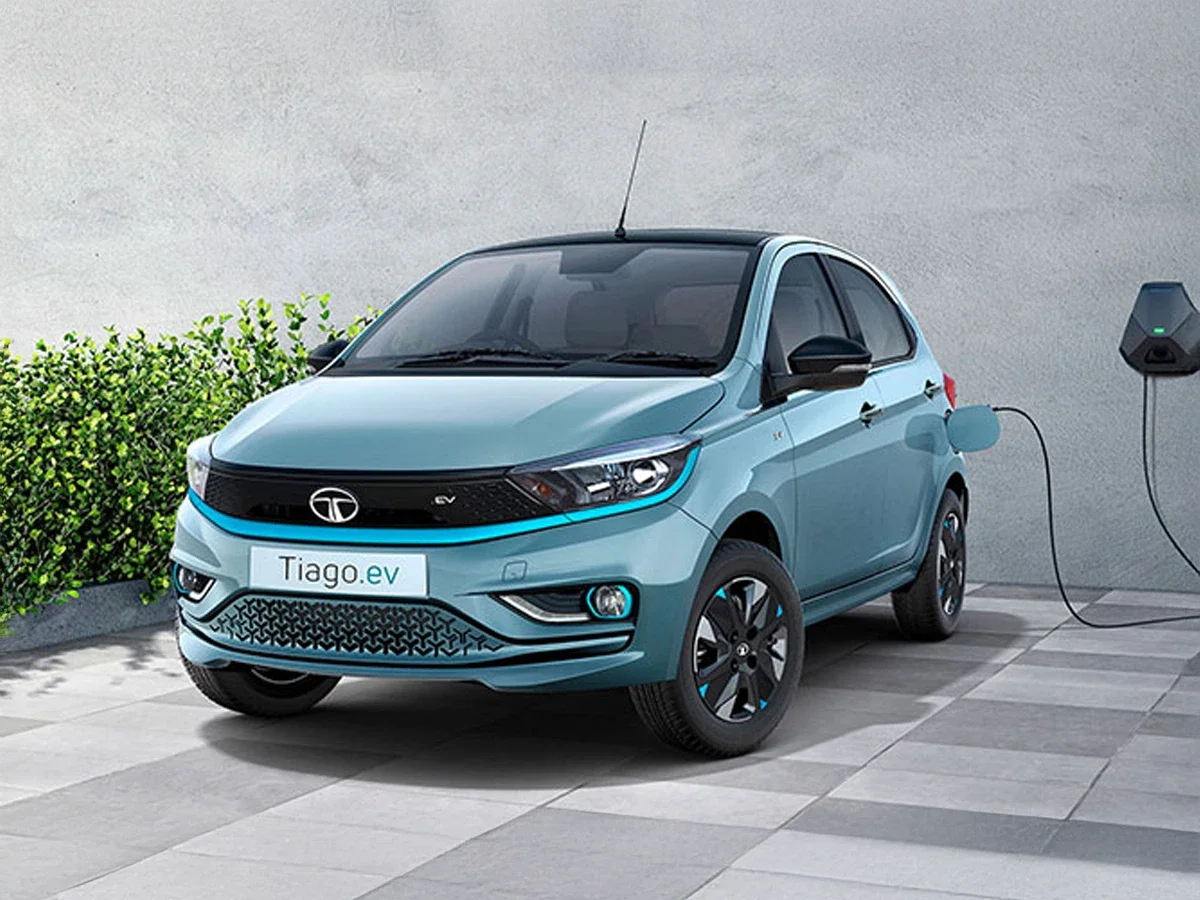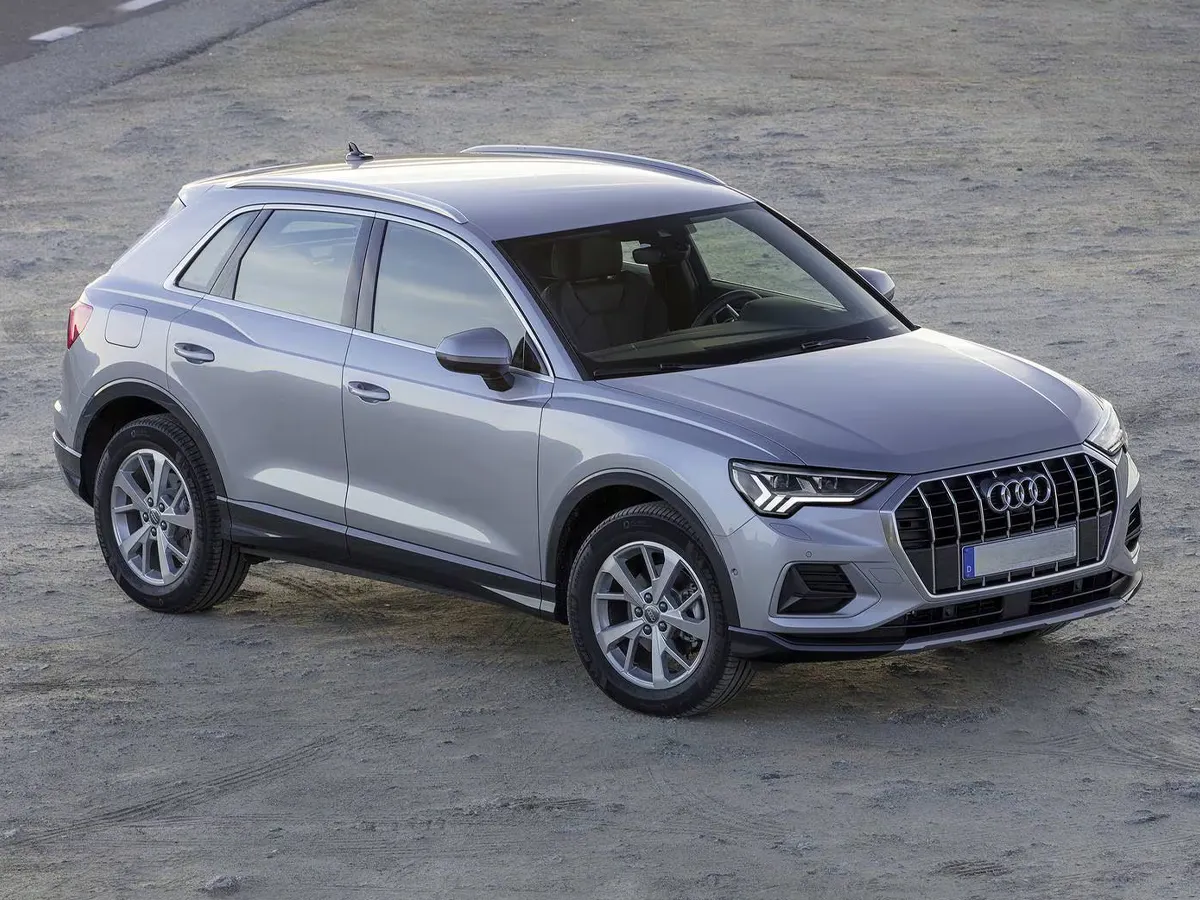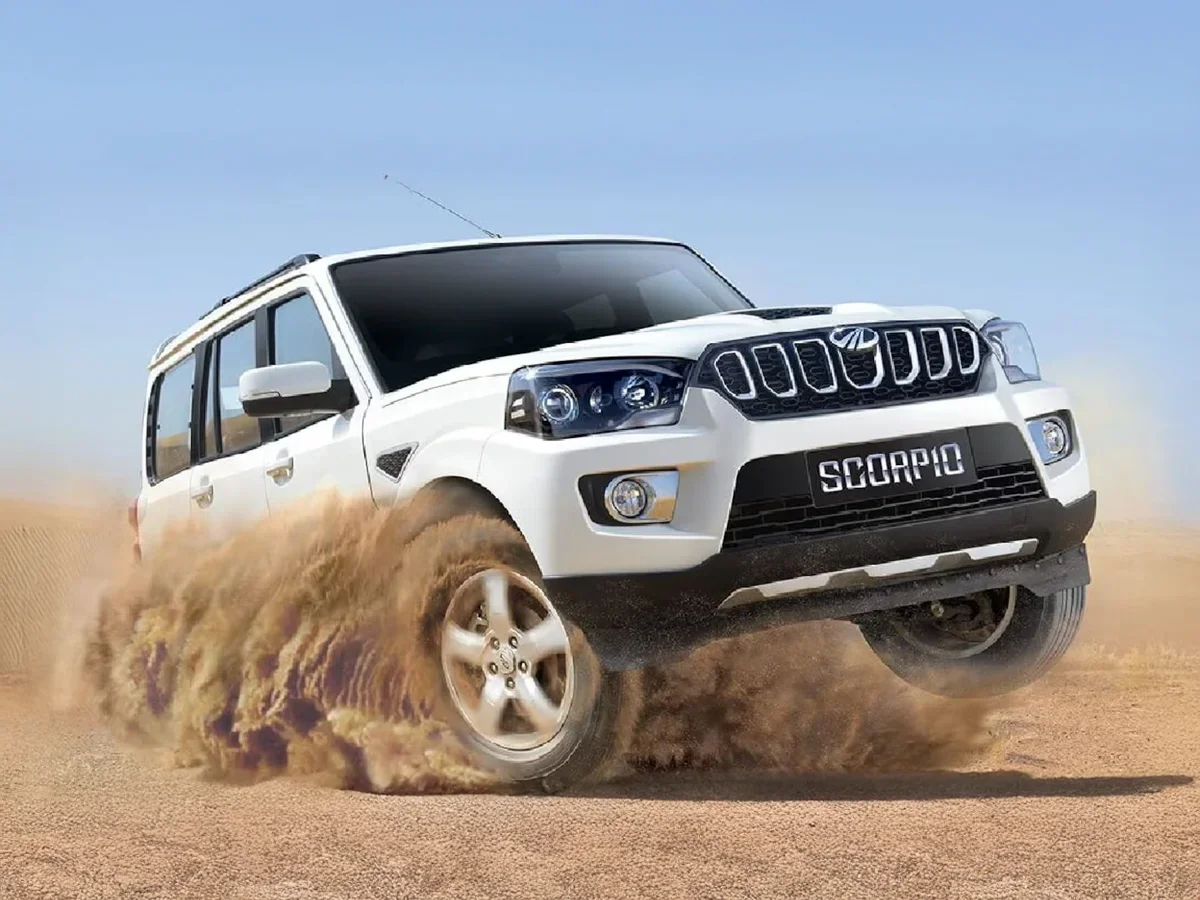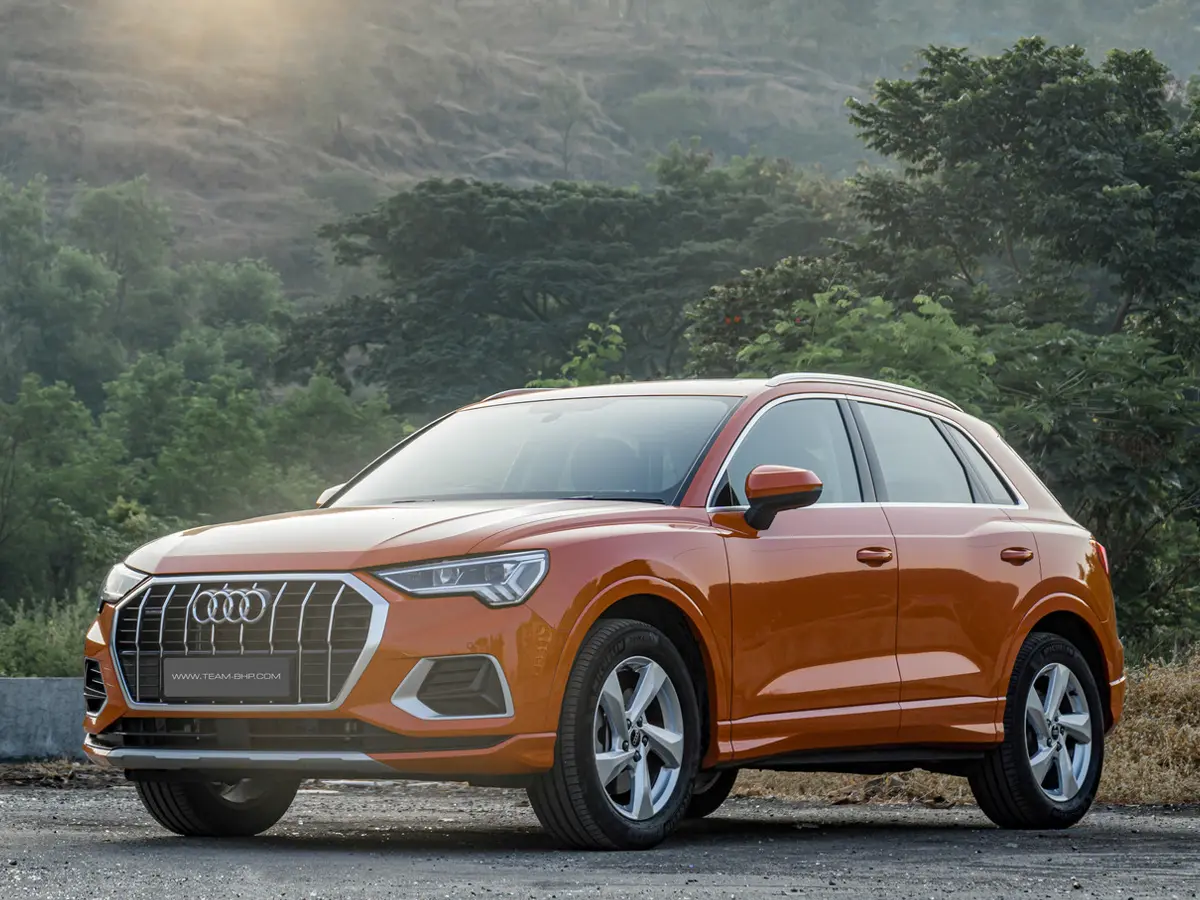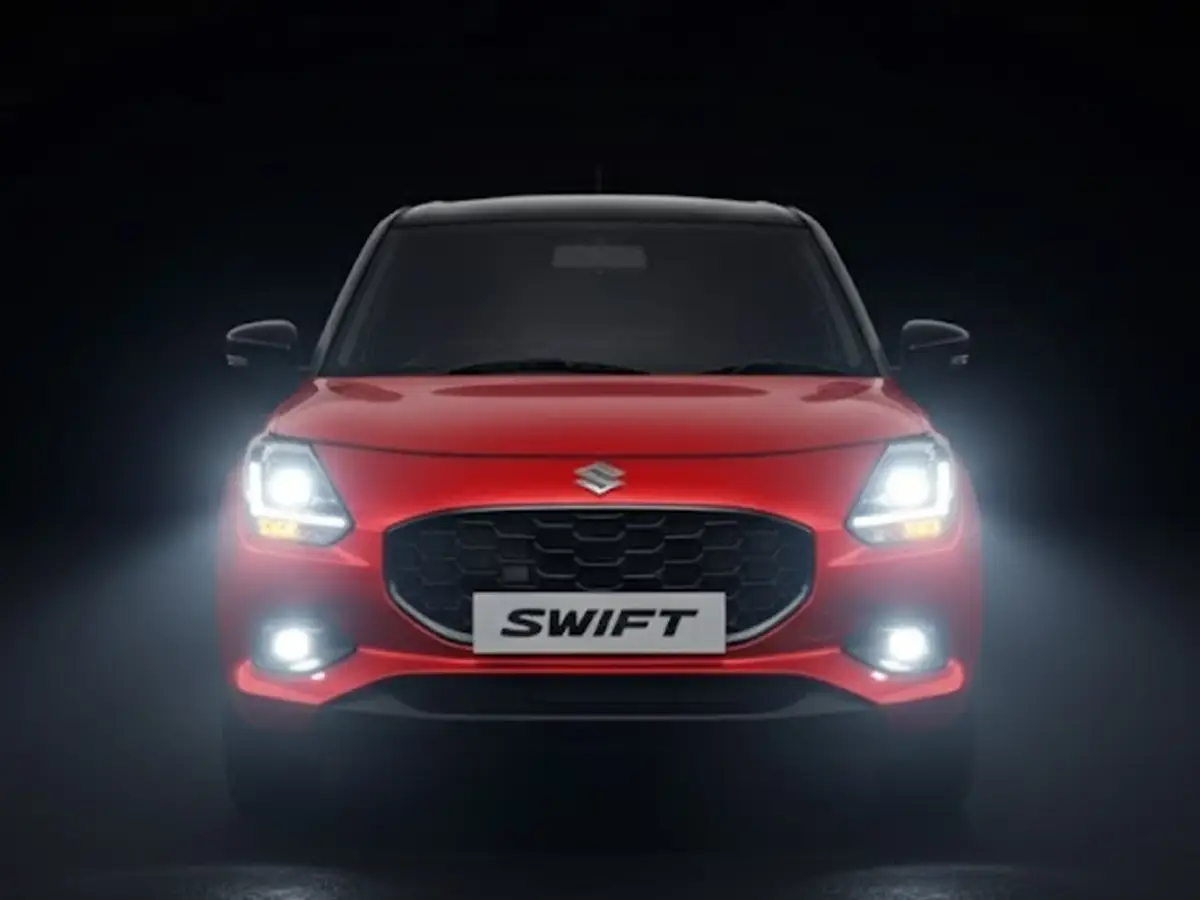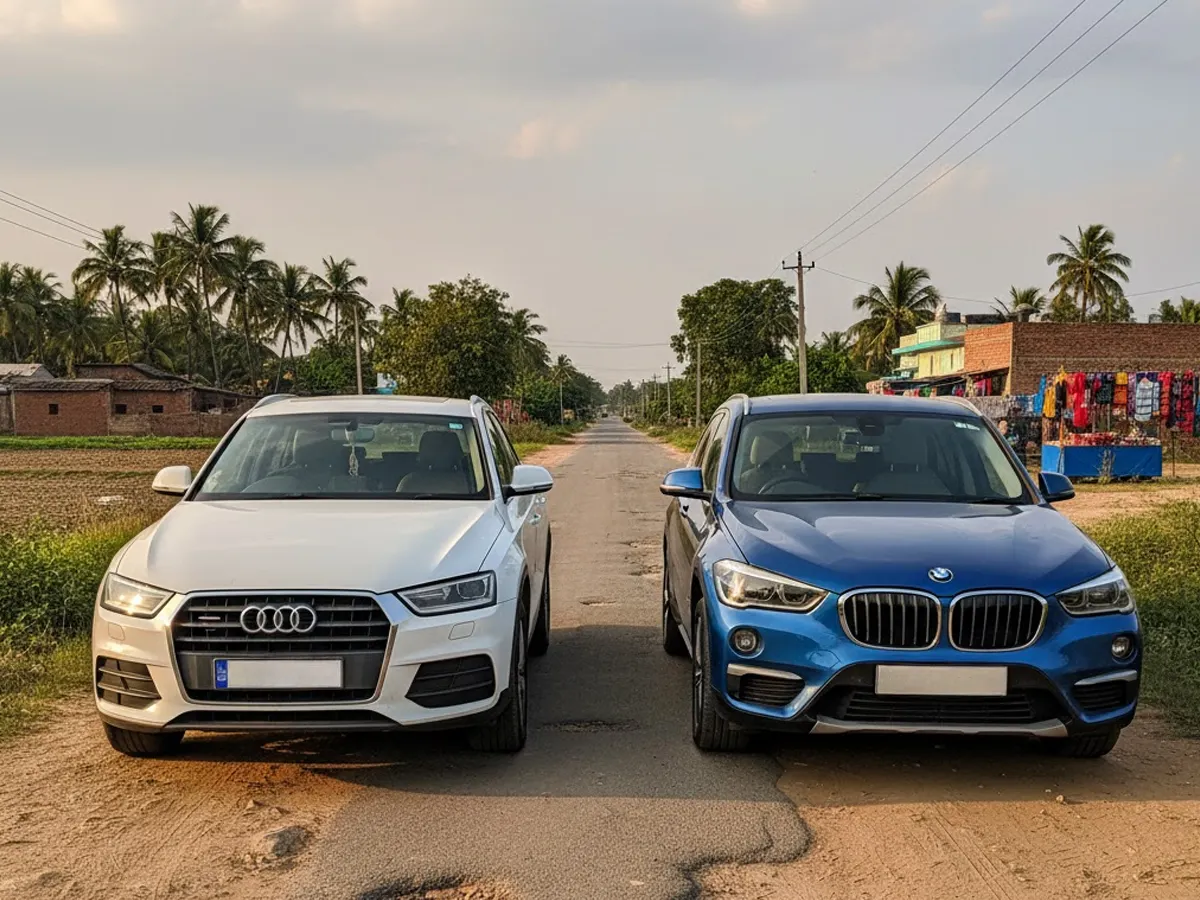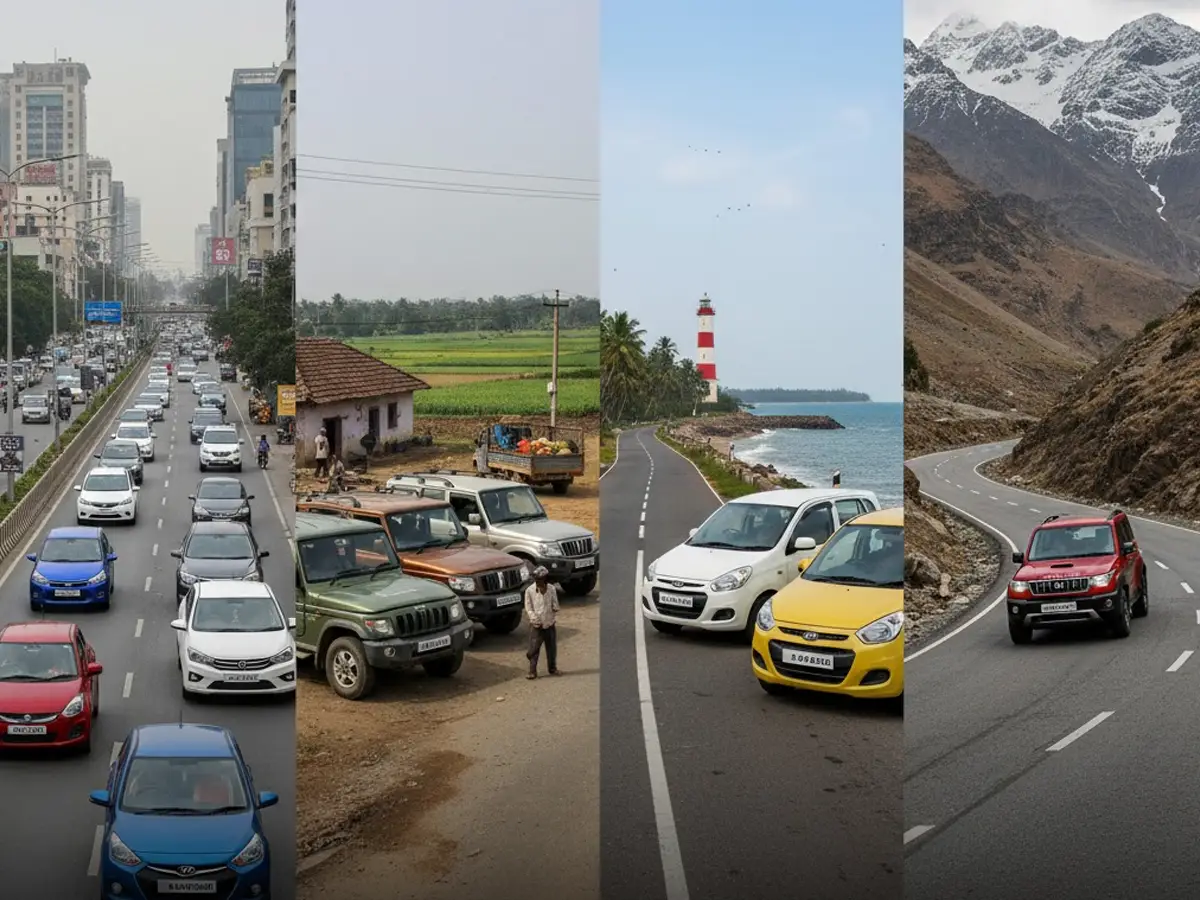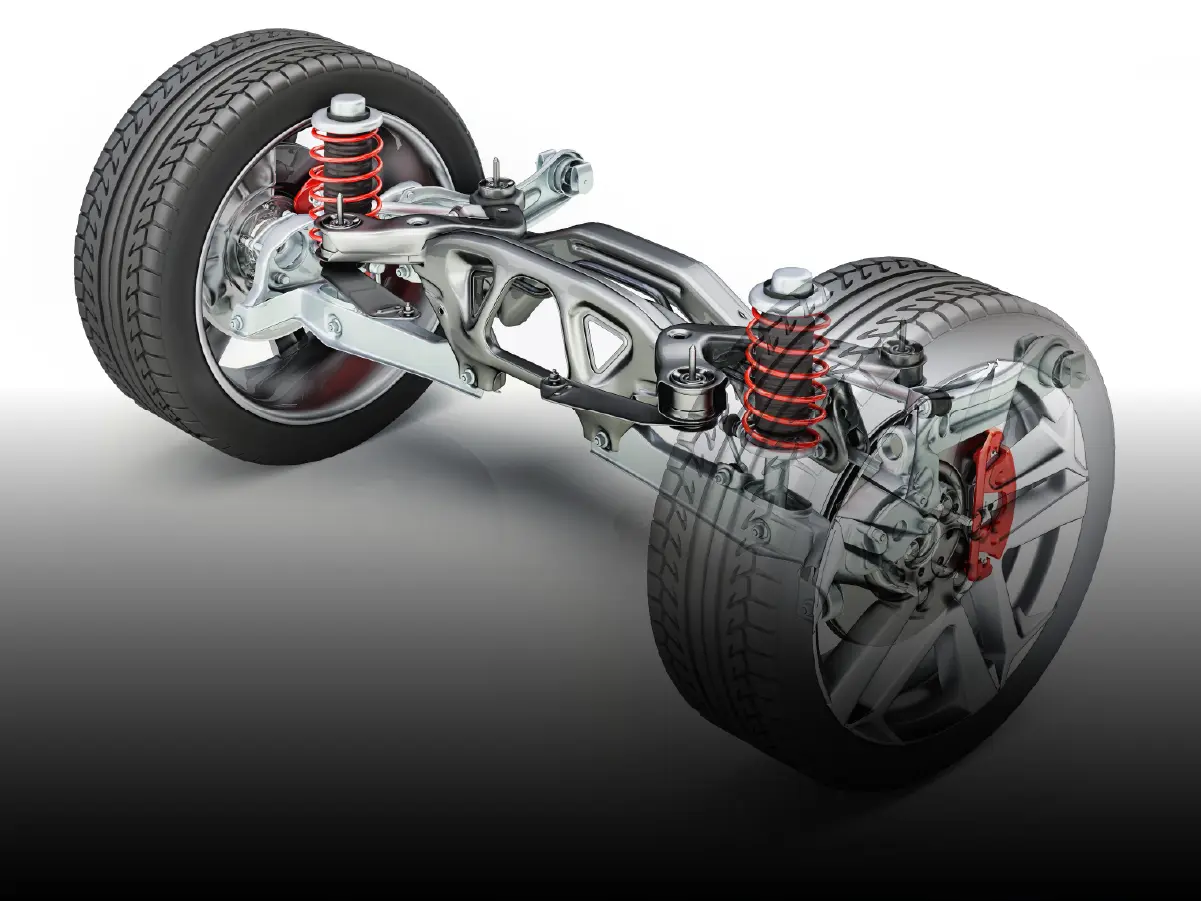

Torsion Beam vs Independent Rear Suspension: Key Ride and Handling Differences Explained
- 1Torsion beam suspension offers simplicity and lower maintenance for budget cars
- 2Independent rear suspension provides superior ride comfort and handling
- 3Independent rear suspension is common in premium vehicles and is costlier
Suspension plays a huge role in how a car drives and feels. Among the most debated suspension types is the rear setup, as it contributes in determining rear passenger comfort as well as overall handling of the car. The rear suspension setup may be determined by the type and price category of car as budget-friendly cars mostly use torsion beam setups while premium ones may use independent rear suspension setups.
Both systems are designed to support the rear of a vehicle, but they function differently and deliver very different driving experiences. If you’re considering buying a used or new car, especially a hatchback, sedan, or crossover, understanding the key differences can help you make a more informed decision. We explore what each system is, how they work, and which one suits your driving style and priorities better.
What Is a Torsion Beam Suspension?

A torsion beam suspension, also known as a twist beam or semi-independent rear suspension, is a simple design commonly found in compact and budget vehicles. In this setup, the rear wheels are connected by a cross member or beam that allows limited independent movement. While it's not fully independent, the torsion beam design is more advanced than a solid axle.
This setup reduces manufacturing complexity and keeps costs low. Torsion beams are lightweight and occupy less space, which helps free up boot space or allows for a lower floor in the cabin. They also provide decent stability and predictable behaviour for city driving and highway cruising under normal conditions. However, the design has limitations when it comes to absorbing uneven surfaces or sharp cornering forces. Because the wheels are mechanically linked, movement in one wheel can affect the other, reducing overall handling finesse.
Key Takeaways for Torsion Beam Suspension
- Lower cost and simple design.
- Occupies less space and allows for efficient cabin packaging, more boot space.
- Reliable for daily driving and fuel efficiency.
- Less effective on rough roads and during hard cornering.
- Commonly used in budget hatchbacks and sedans.
What Is Independent Rear Suspension?

Independent rear suspension is a more complex system where each rear wheel is allowed to move independently of the other. This is achieved through individual control arms, linkages, and sometimes subframes. Independent rear suspension systems offer significantly better ride comfort, especially on uneven terrain, and enhance cornering stability.
By isolating the movement of each wheel, an independent rear suspension allows the suspension to absorb bumps more effectively, resulting in a smoother and more composed ride. This setup also improves road grip and reduces body roll, making it ideal for spirited driving or handling-focused vehicles. Independent rear suspension is found in most premium vehicles, performance sedans, and higher-end SUVs, which are often known for being the most comfortable cars.
That said, the complexity comes at a price. Independent rear suspension systems are costlier to produce and maintain. More moving parts mean increased chances of wear and tear over time. Despite these trade-offs, the independent rear suspension remains the gold standard for vehicles where ride quality and handling are prioritised.
Key Takeaways for Independent Rear Suspension
- Each rear wheel moves independently for superior ride comfort.
- Provides better grip, handling, and cornering performance.
- Found in premium and performance vehicles.
- More complex and expensive to manufacture and service.
- Improves high-speed stability and comfort over rough surfaces.
Torsion Beam vs Independent Rear Suspension: Performance and Ride Comfort Comparison

When it comes to how a car rides and handles, the difference between torsion beam and independent rear suspension is noticeable. Torsion beams are tuned for predictability and fuel efficiency. They're firm but manageable on city roads and perform adequately for most daily needs. However, on uneven roads, the lack of independent wheel movement can make the ride feel jittery.
Independent rear suspension, by contrast, absorbs road imperfections more smoothly. Because each wheel reacts to bumps separately, the ride is more comfortable and stable, especially during high-speed or spirited driving. Independent rear suspension also reduces body roll when cornering, contributing to greater driver confidence and passenger comfort.
| Feature | Torsion Beam Suspension | Independent Rear Suspension |
| Ride Comfort | Basic, firm ride | Smoother, more refined |
| Cornering Stability | Moderate | Excellent |
| Handling on Uneven Roads | Limited response | Strong, individual control |
| Maintenance Costs | Lower | Higher |
| Boot Space Efficiency | Better | Slightly lesser due to suspension parts |
Key Takeaways
- Torsion beams are firmer and more efficient in packaging.
- Independent rear suspension offers greater ride comfort and better control in dynamic conditions.
- The choice depends on driving style, road conditions, and vehicle category.
Torsion Beam vs Independent Rear Suspension: Cost, Complexity, and Long-Term Ownership
Torsion beam suspensions are a favourite among carmakers for entry-level and mid-size vehicles because they are cheap to produce and simple to maintain. These systems require fewer components, which keeps labour and part costs low. In terms of long-term ownership, they are less likely to require costly repairs, making them ideal for budget-conscious buyers.
Independent rear suspension systems, while offering superior ride quality, come with added maintenance concerns. More moving parts, more bushings, and often electronic adjustments in modern independent rear suspension setups mean higher servicing costs. Replacing components can be expensive, and labour time is longer. However, for buyers focused on performance, comfort, or planning to use the car for long journeys or uneven terrains, the benefits outweigh the costs.
For used car buyers, it’s essential to check the condition of the independent rear suspension system. Worn-out bushings, control arms, or alignment issues can compromise handling and lead to costly repairs. Torsion beam cars, on the other hand, are usually easier and cheaper to refurbish.
If you're exploring options for comfort and durability, many of the best suspension cars in India balance ride quality with long-term reliability.
Key Takeaways:
- Torsion beam suspension is low-cost and easy to maintain.
- Independent rear suspension is better in comfort but costlier in the long run.
- Choose based on your budget, usage, and preferred ride quality.
Conclusion
Choosing between a torsion beam and independent rear suspension depends on your driving needs and budget. If you mostly drive in the city or on well-maintained roads and value affordability, simplicity, and boot space, a torsion beam-equipped car will serve you well. These systems are durable, low maintenance, and ideal for commuters and small families.
However, if you prioritise ride comfort, cornering ability, and long-distance driving refinement, an independent rear suspension offers a substantial upgrade. It delivers a smoother and more composed experience on all types of roads, making it a great choice for driving enthusiasts and those looking for a more premium feel.
As with any car component, always match your choice with your driving style and terrain. When exploring second hand cars, knowing the type of rear suspension can help you evaluate how the vehicle will perform over time and what to expect in terms of upkeep.
Frequently Asked Questions
Expand all



